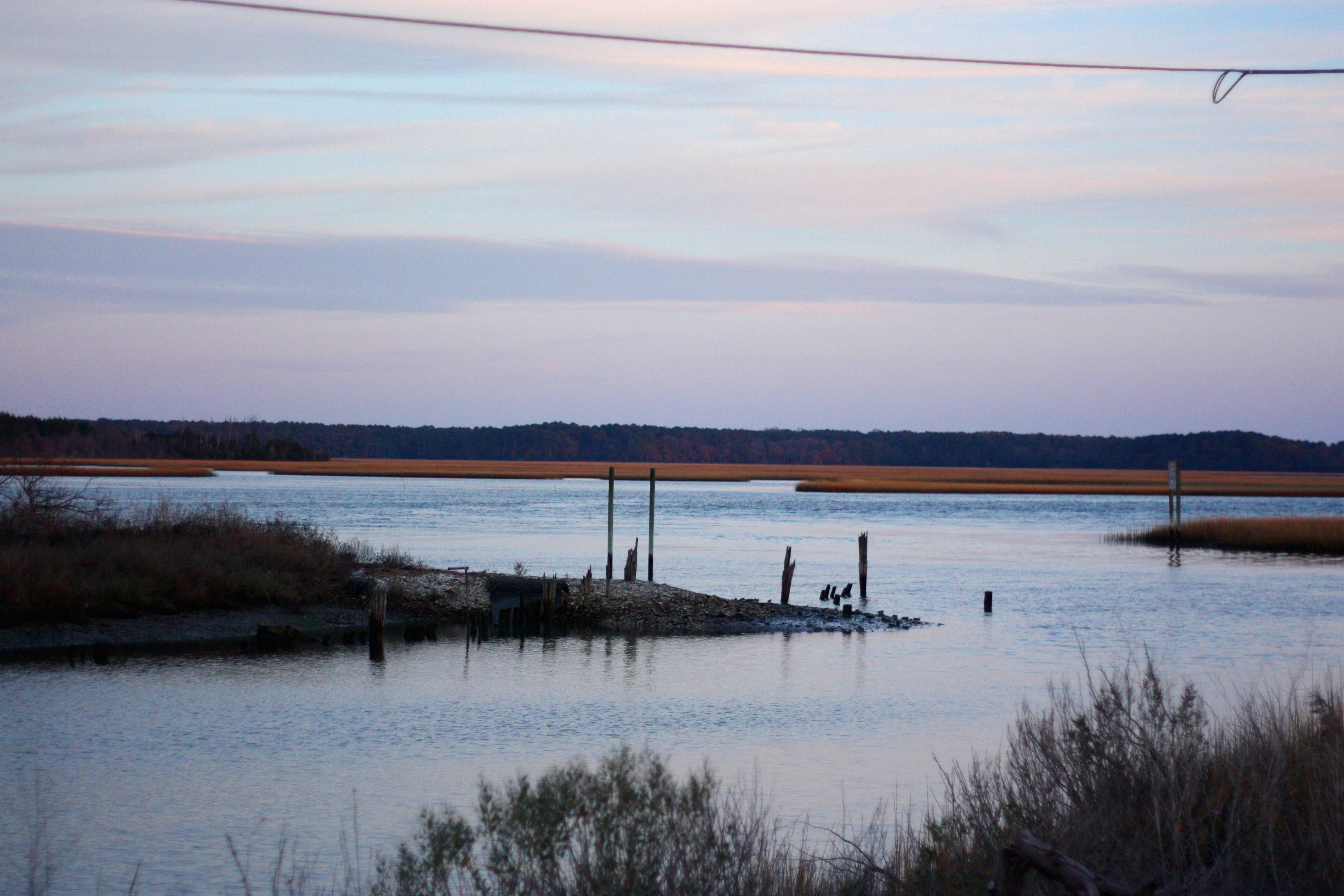Mighty Oyster: A 15-Hour Chesapeake Circuit
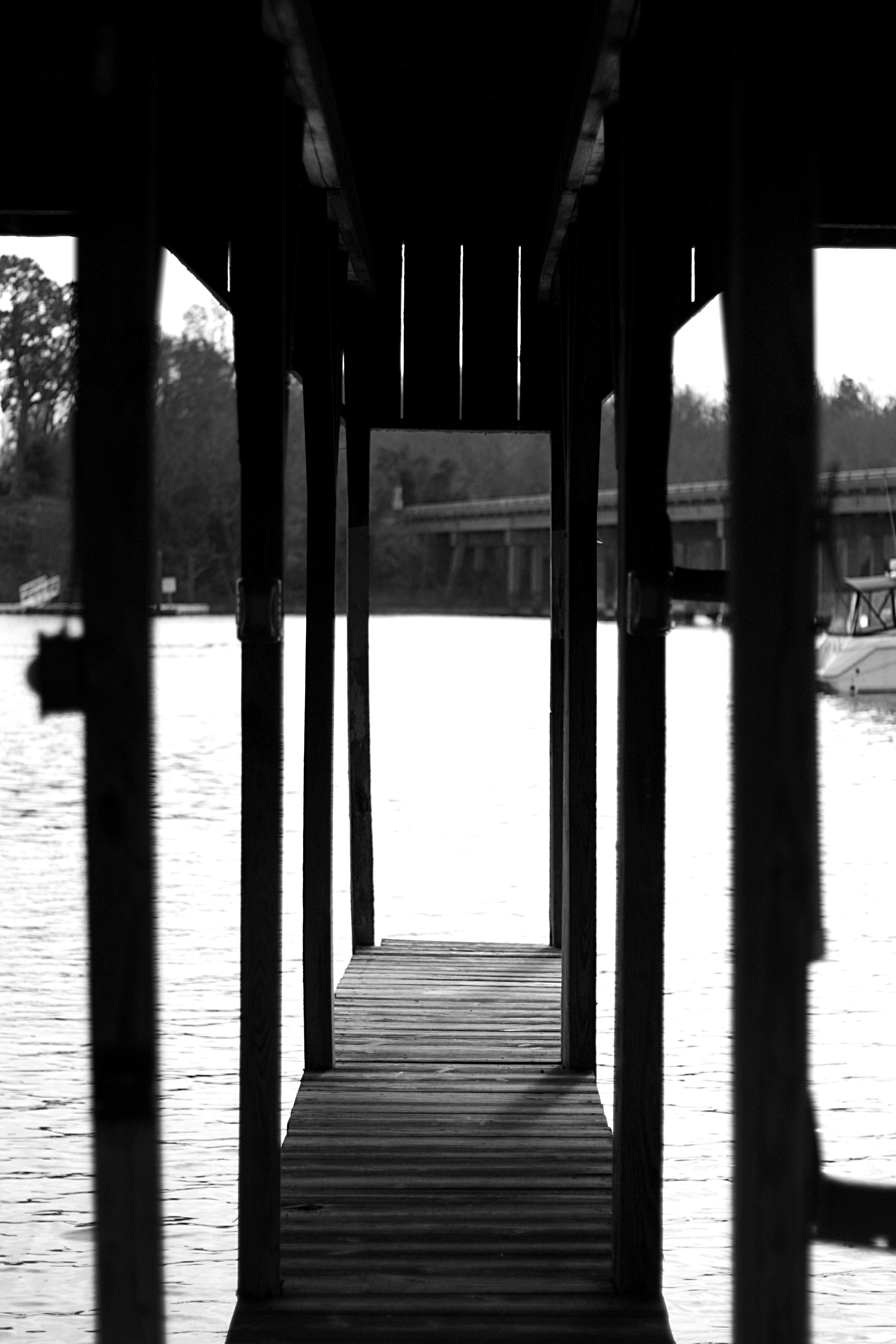
Free Food
It's 10am when I drive over a bridge, pull off the side of the road, and hike back across. After climbing the roadside, I fight through a massive briar bush
and almost fall into a rectangular hole. This is a 1500-year-old Native American midden - or trash heap - archaeologists excavated in 2012. It consists
almost exclusively of discarded oyster shells and was a stopping-off point in the spring. Scientists also found arrowheads and other tools here, implying
the inhabitants made camp for awhile. It's a hilltop with a view, Gouldman Creek on one side and the Potomac on another. Middens like this are our
best way to study the past: our trash is the direct product of our collective existence. The things we put out into the world define us as a species.
As the story of the Chesapeake oyster will tell, what we take out of the world defines us even more.
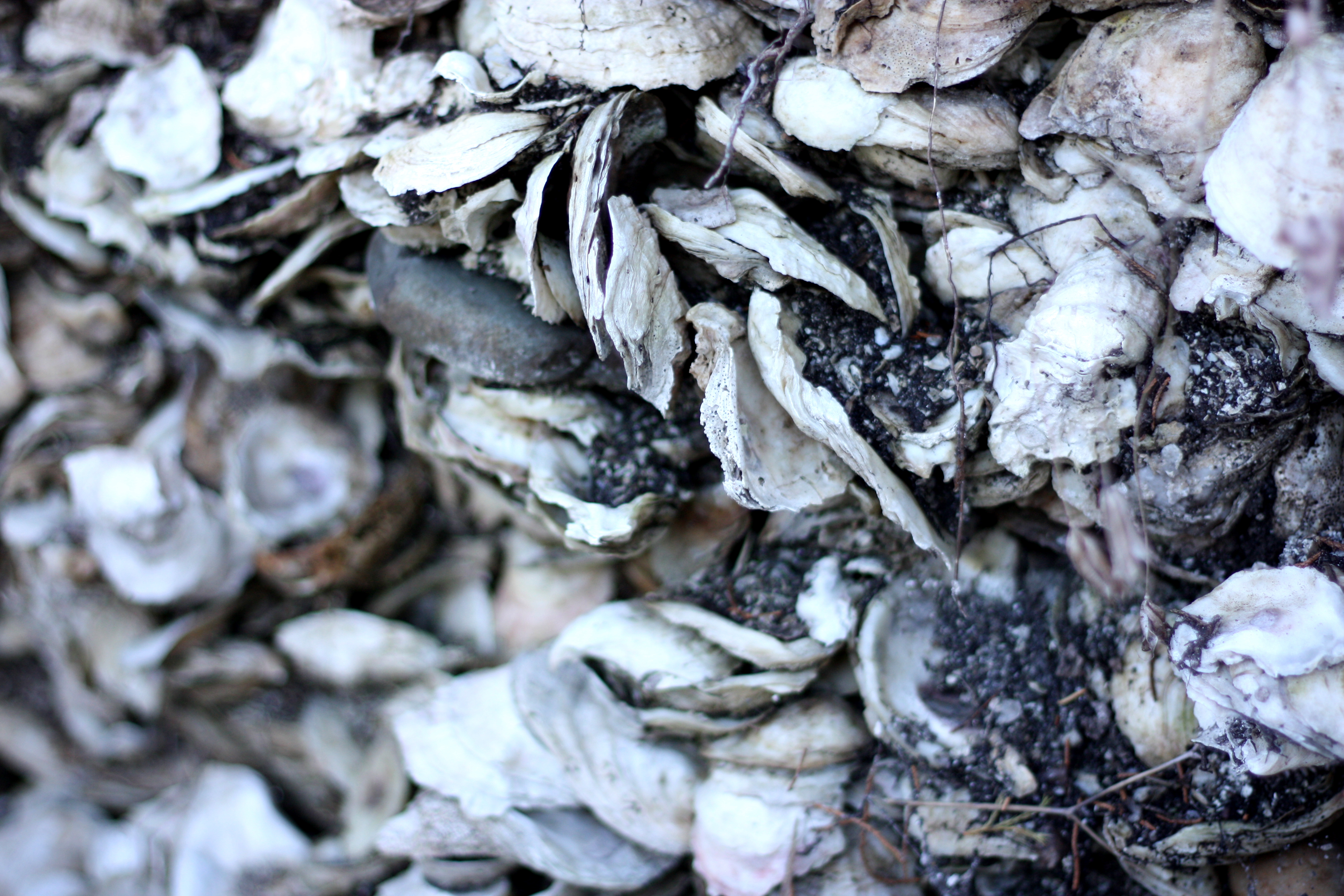
Chesapeake oysters used to be plentiful such that anyone could scrape them off the shore and enjoy an impromptu snack. After the Civil War oystering
exploded, with the Chesapeake producing half the world's supply. Maryland and Virginia banned outsiders from their waters, hoping to keep the industry
local. Virginia had difficulty enforcing the laws; it had already sold its state fleet at auction. Local oystermen decided to protect their own grounds,
firing at outsiders who encroached. Altercations escalated and spread until authorities had an all-out battle on their hands: the Oyster Wars had begun. In
1882, Virginia governor William E. Cameron started a personal campaign against oyster pirates, who were well armed and organized at that point. He captured
seven dredging boats and 41 pirates at the mouth of the Rappahannock, but his victory turned out to be a flop. All but one of the
boats were from Virginia's Eastern Shore and Cameron didn't have enough evidence to prove they were dredging (an illegal act). His political
opponents derided him as a failure and his efforts to take back Virginia's waters became a laughing stock. A bridge now spans the
spot where he captured the unsuspecting vessels.
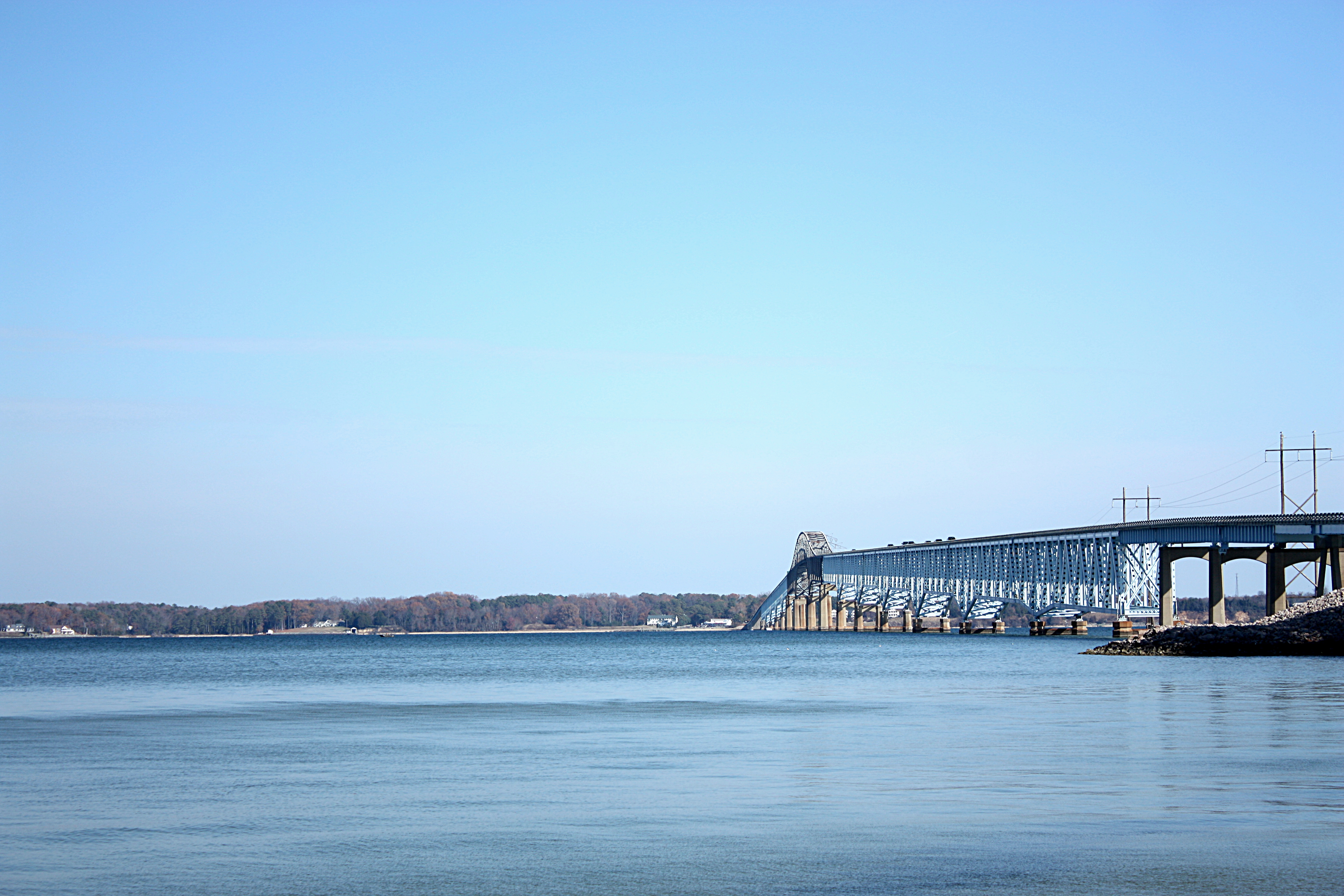
Our Legacy
With such high demand and little law enforcement, Chesapeake oysters were wiped out. Only 1% of the original population exists today. Oysters filter
massive amounts of water and the old population could process the Chesapeake in a week. Now the same cleansing takes a year. Parasites further
decimated oyster stock, causing the entire bay ecosystem to struggle. Some have chosen
to fight the downward trend, starting farms all over the Bay. Oyster farming is one of few industrial activities which actually restores ecosystems and
makes a profit. Chesapeake Bay Oyster Company, which sells farming equipment and educational materials to anyone
interested, is one such place and operates a restaurant out of Urbanna, Virginia. Their farms aren't open for public tour, however other operations along
the shore are less guarded, like this one in Willis Wharf:
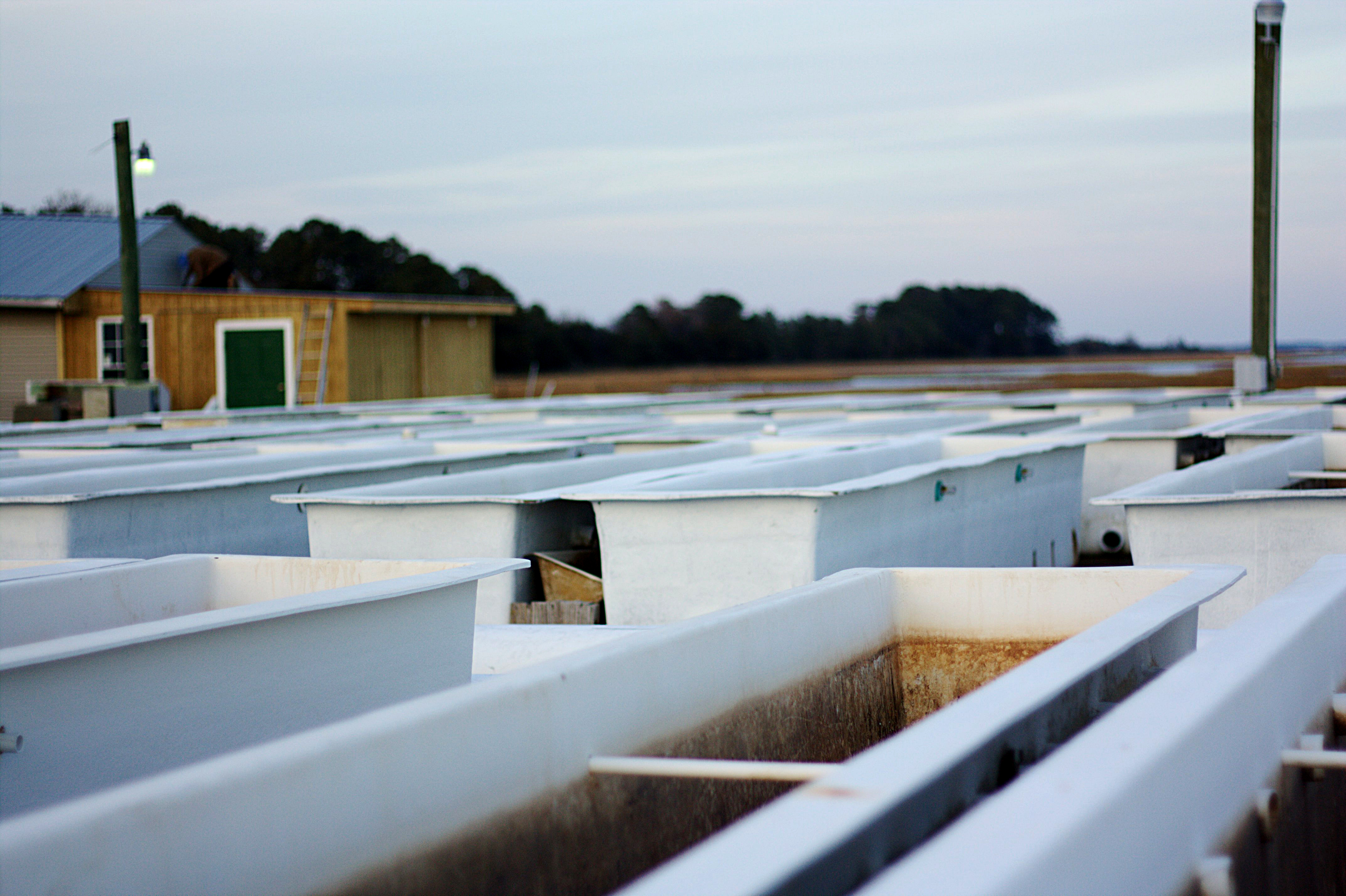
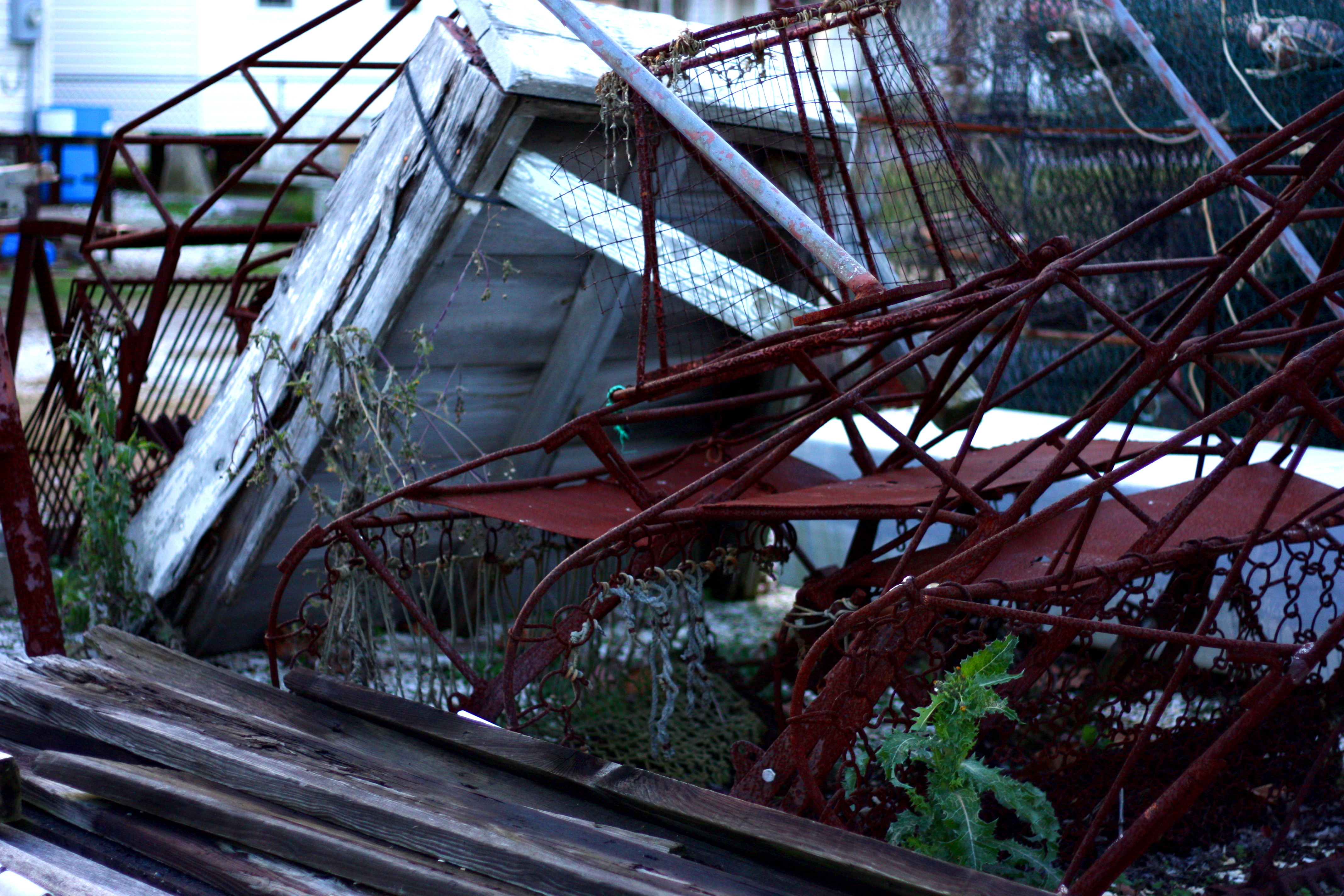
100-year-old dredgers, called Skipjacks, still operate commercially and without engines.
Many of them are docked at Tilghman's Island, MD and only 40 are left. They're long, with a wide body to stay stable under the friction of dredging chains on
rocky beds. This is the last true fleet to bring home a wild catch, and its numbers shrink every year with the oysters it preys upon. If the species
isn't restored soon, this way of life will die out completely.
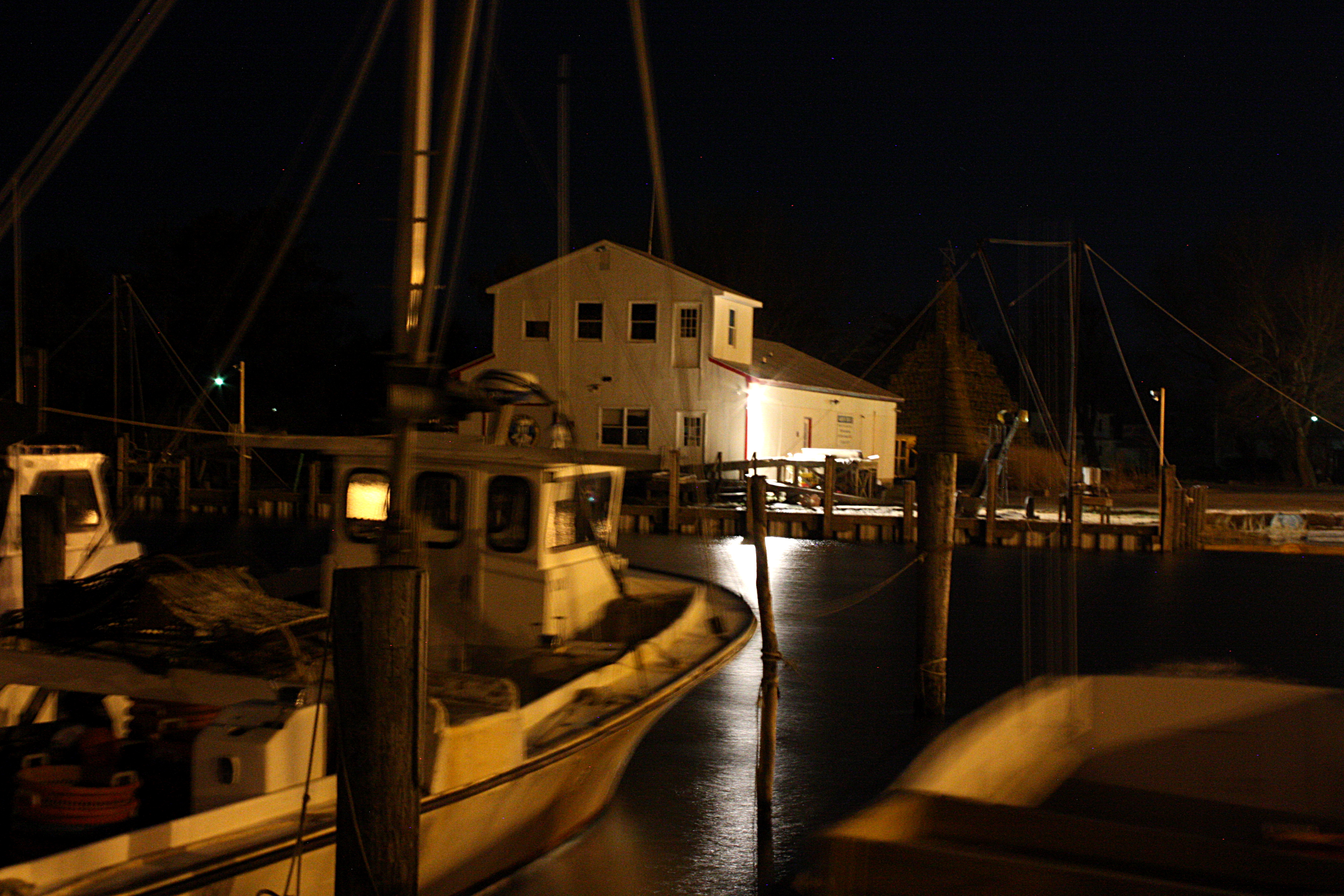
That fact, really, is reflective of the human legacy. We pursue a thing we love and want until
we chase it into the ground. We despair, deride ourselves, and then make atonement. Sometimes, though, atonement comes too late. A handful of men and women
running small farms and undergoing restoration projects is all that stands between Chesapeake oysters and their lasting extinction. Their hard work may just
save the Bay.
